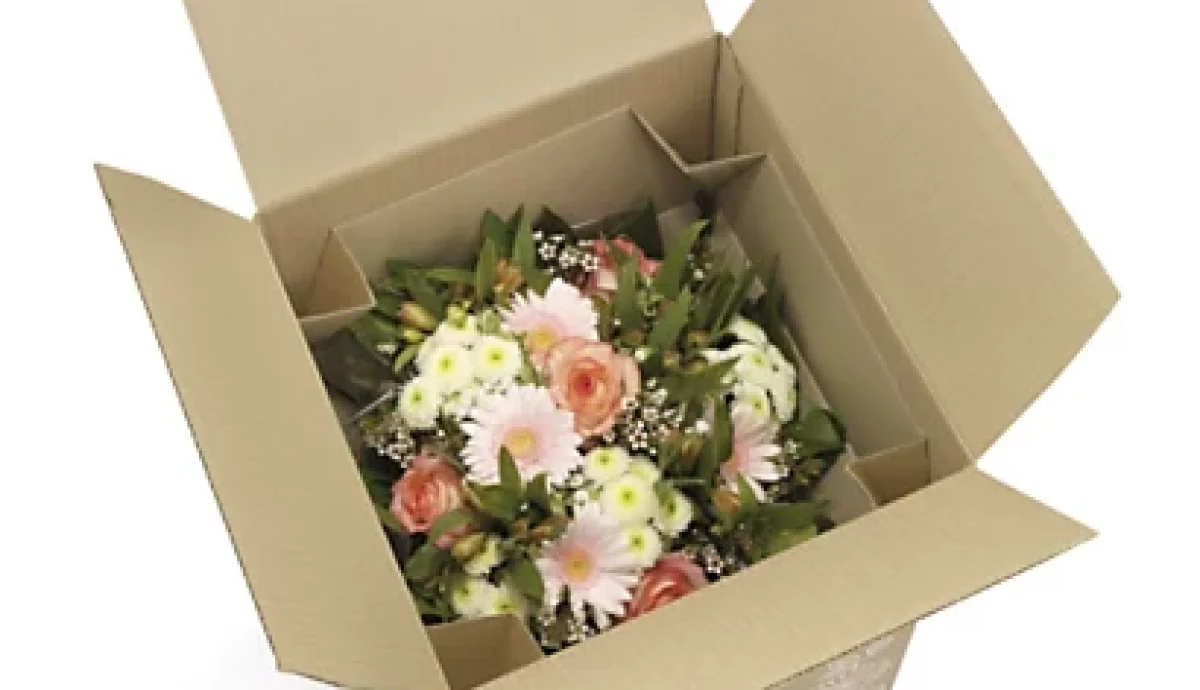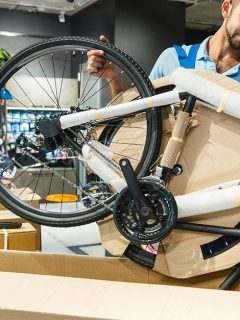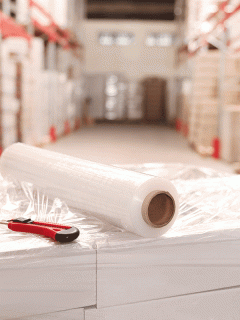You’ve probably seen them too: those great “high-gloss” commercials on TV where everything is sparkling with cleanliness or the laundry is whiter than white! Sometimes it’s almost reminiscent of science fiction – but what exactly does NASA have to do with hygiene and cleanliness? Actually, quite a lot, because we have it to thank for the HACCP concept that is used all over the world!
What is HACCP?
HACCP stands for Hazard Analysisand Critical Control Points and translates as hazard analysis of critical control points. The principles of HACCP are designed to prevent hazards such as illness or injury associated with food. They are important guidelines of hygiene practice for food businesses and thus serve as a helpful tool for achieving a higher standard of food safety.
However, this concept actually has its origins in space travel! In 1959, NASA commissioned a company to develop astronaut food that was safe for use in space. This resulted in a preventive concept that has been used worldwide since 1971 as the HACCP concept.
HACCP in practice
Whether in the German Food Hygiene Ordinance or in regulations of the European Community, the HACCP concept is now firmly anchored in general law. For example, the establishment of a HACCP concept is now obligatory for anyone who handles food or places it on the market and must be documented in writing by means of documents and records in the business. These measures are intended to ensure that the development of health hazards is avoided. Pathogenic germs, for example, can pose such a danger. They can arise during the production or preparation of food (e.g. incorrect storage temperatures of meat). But care must also be taken when disposing of leftover food and the corresponding waste disposal.
Waste separation according to HACCP
This is where the right waste bins can play their part in ensuring compliance with HACCP guidelines: an efficient waste separation system in which, for example, plastic, cans, paper, glass, organic and residual waste are collected strictly separately from one another not only facilitates recycling, but also helps to ensure compliance with common hygiene regulations. The easiest way to separate waste is to use bins that are marked with different lid colours such as grey, blue, yellow or green. This makes sorting easy and disposal clean!
Pedal bins are particularly hygienic: a lid closes the waste bin, which you can open without using your hands by pressing a foot lever. This integrated pedal mechanism avoids any contact with the waste or lid in accordance with HACCP guidelines. It is practical that such pedal bins can be used almost everywhere: In warehouses, large kitchens, canteens, laboratories, production facilities, hotels, restaurants or hospitals – and who knows, maybe even at NASA.
Federal Institute for Risk Assessment German Chamber of Industry and Commerce















